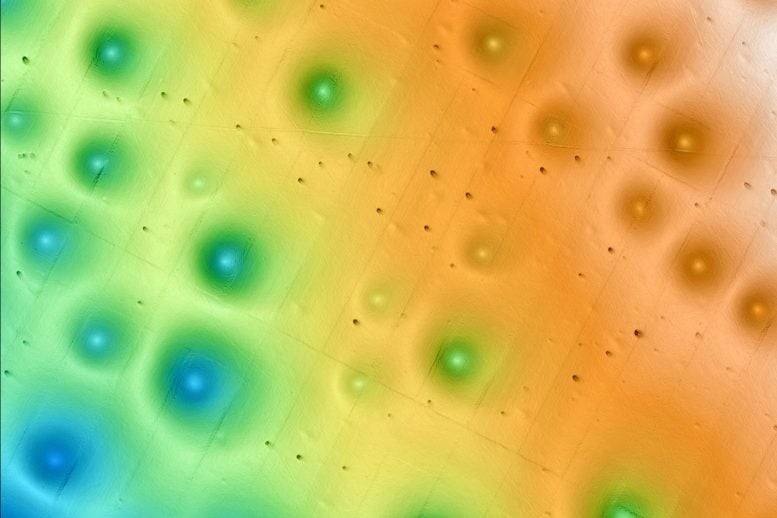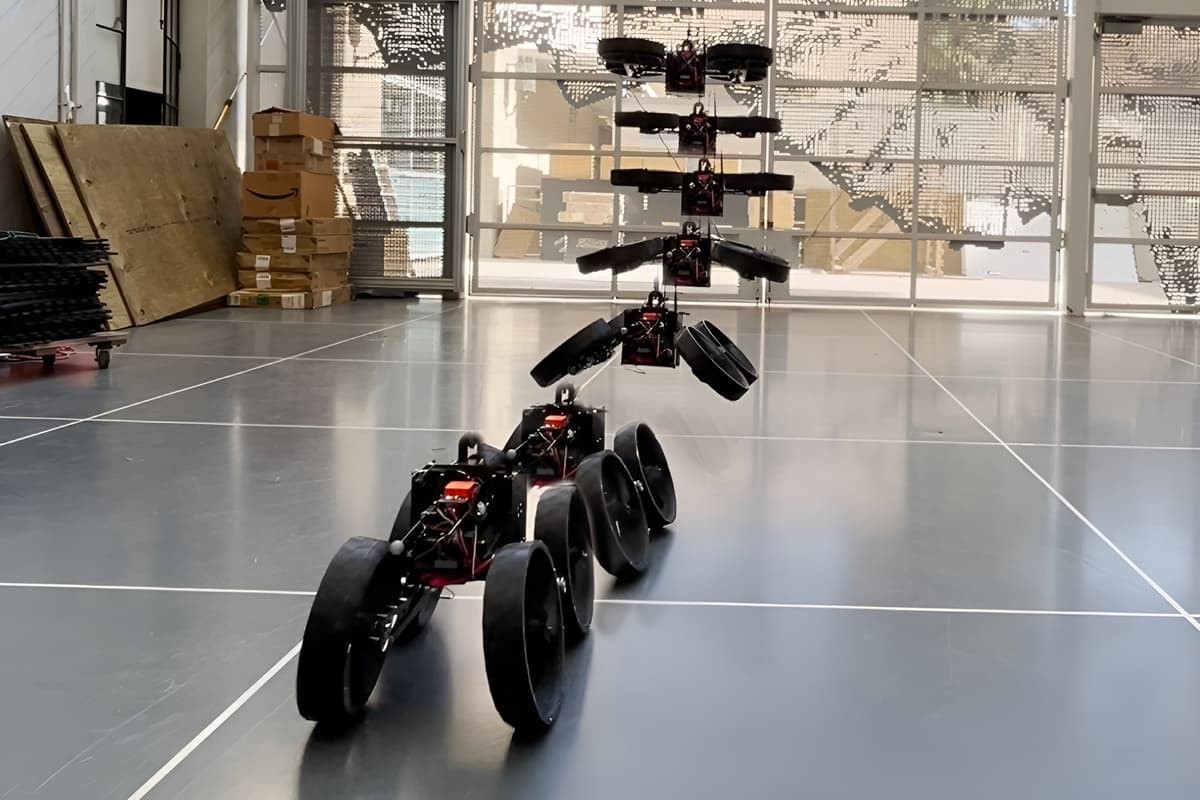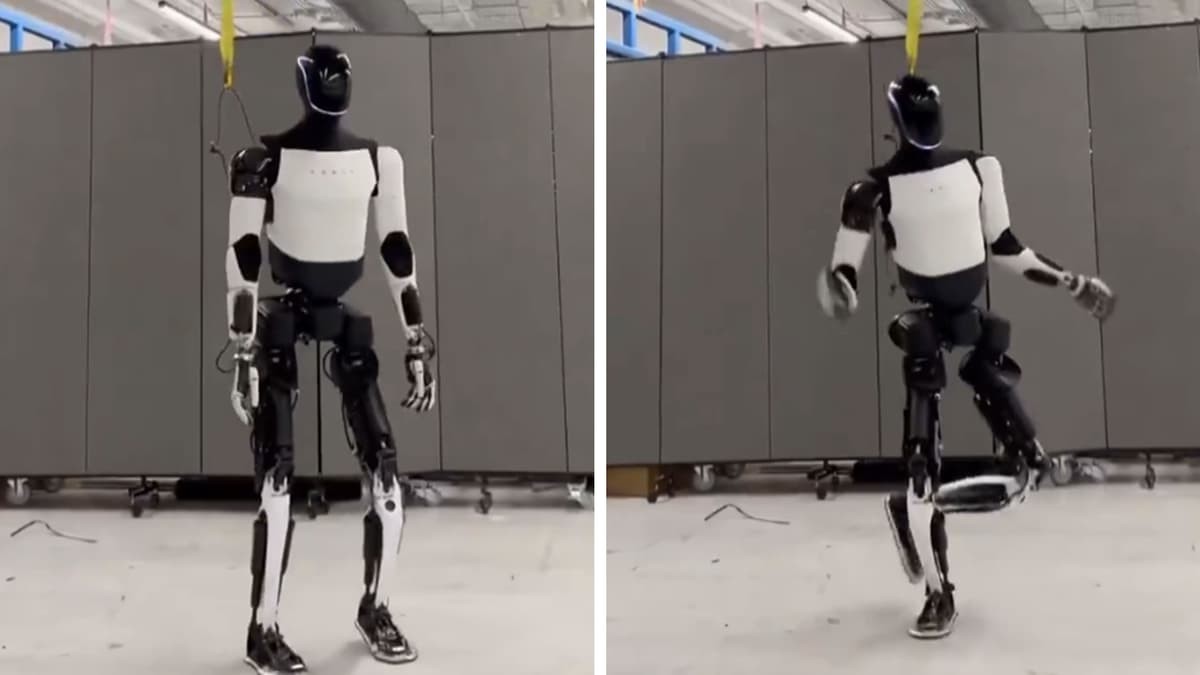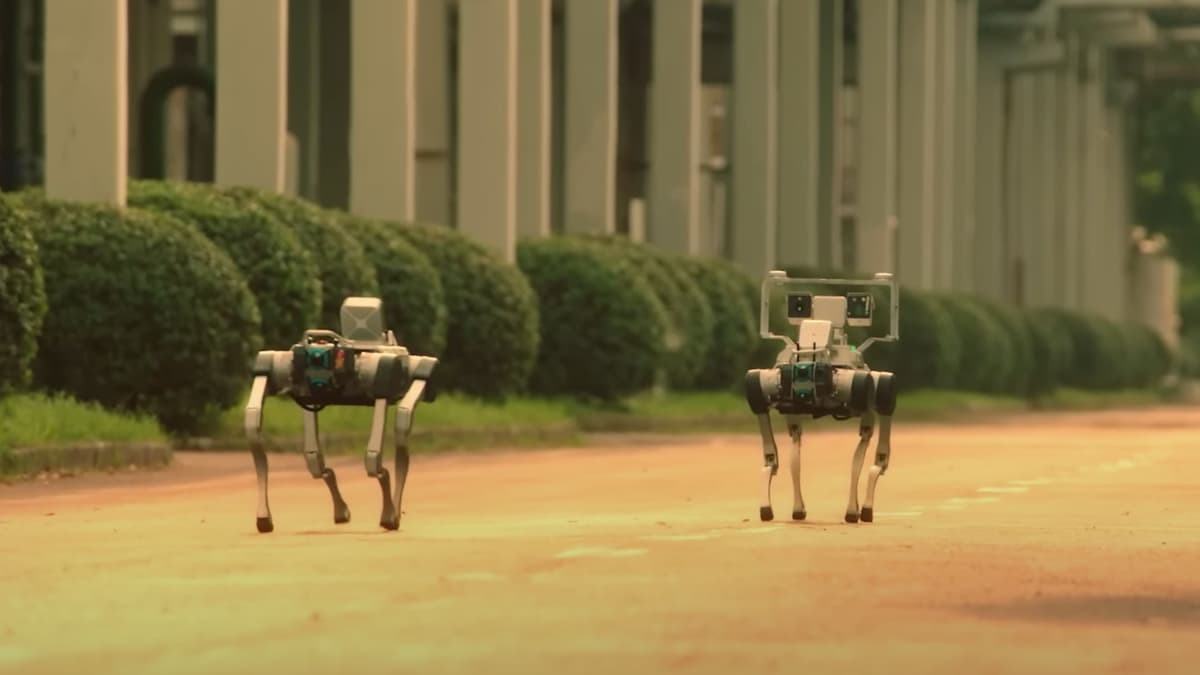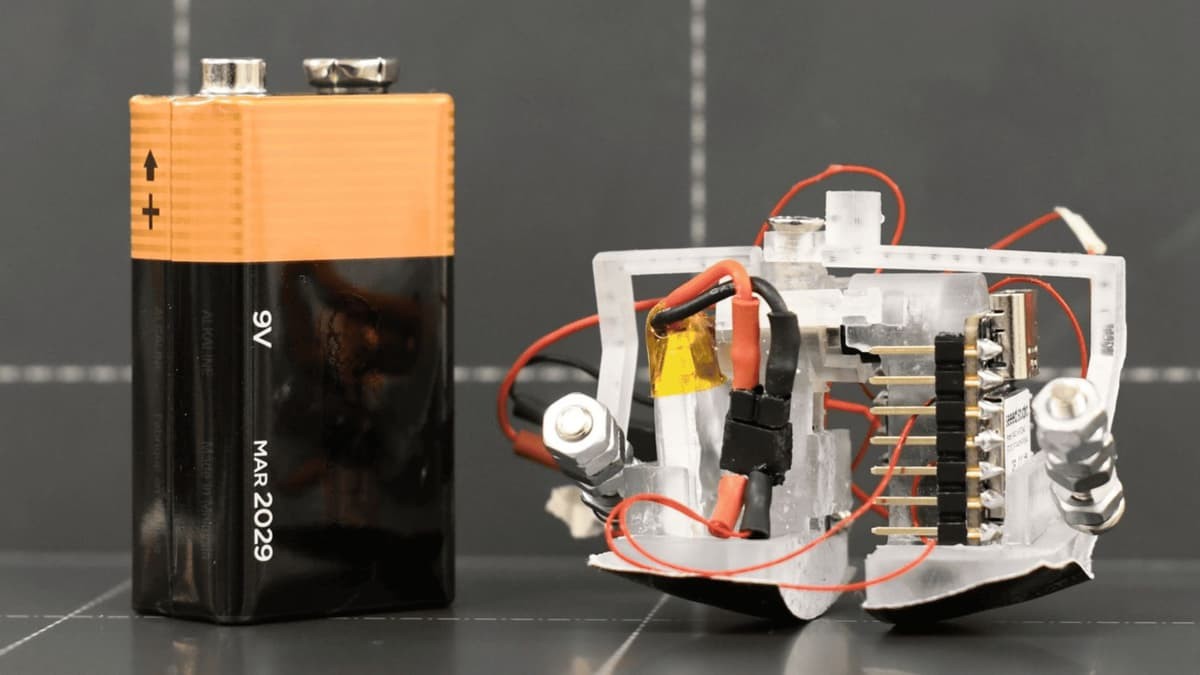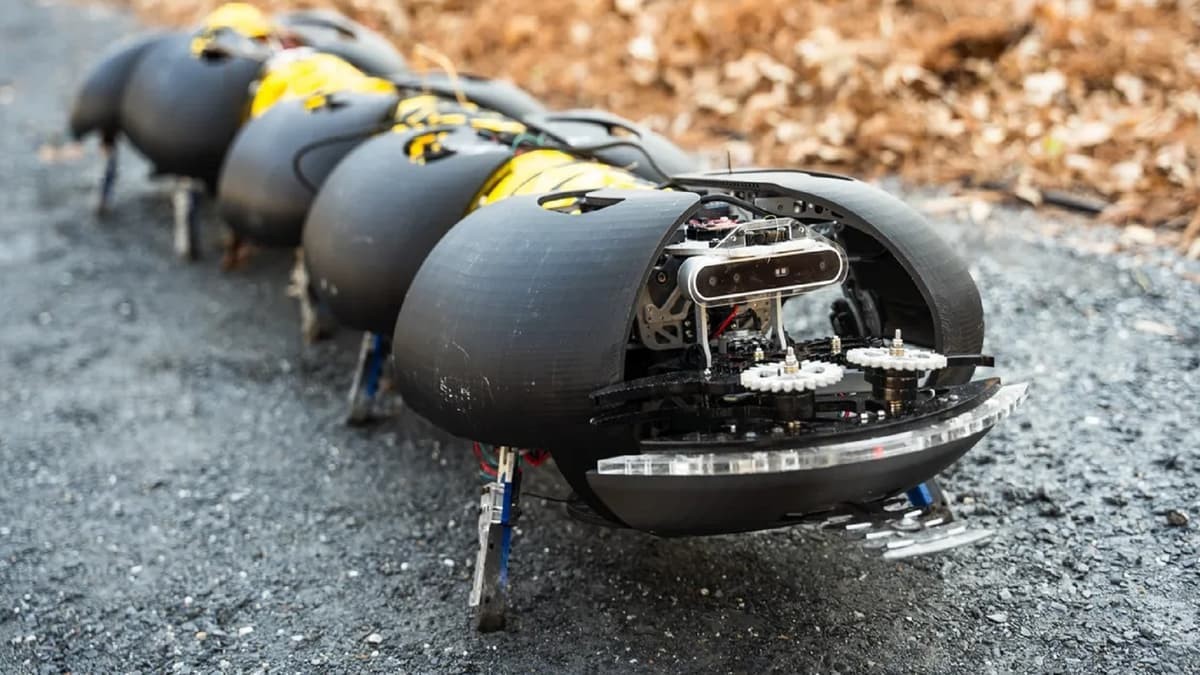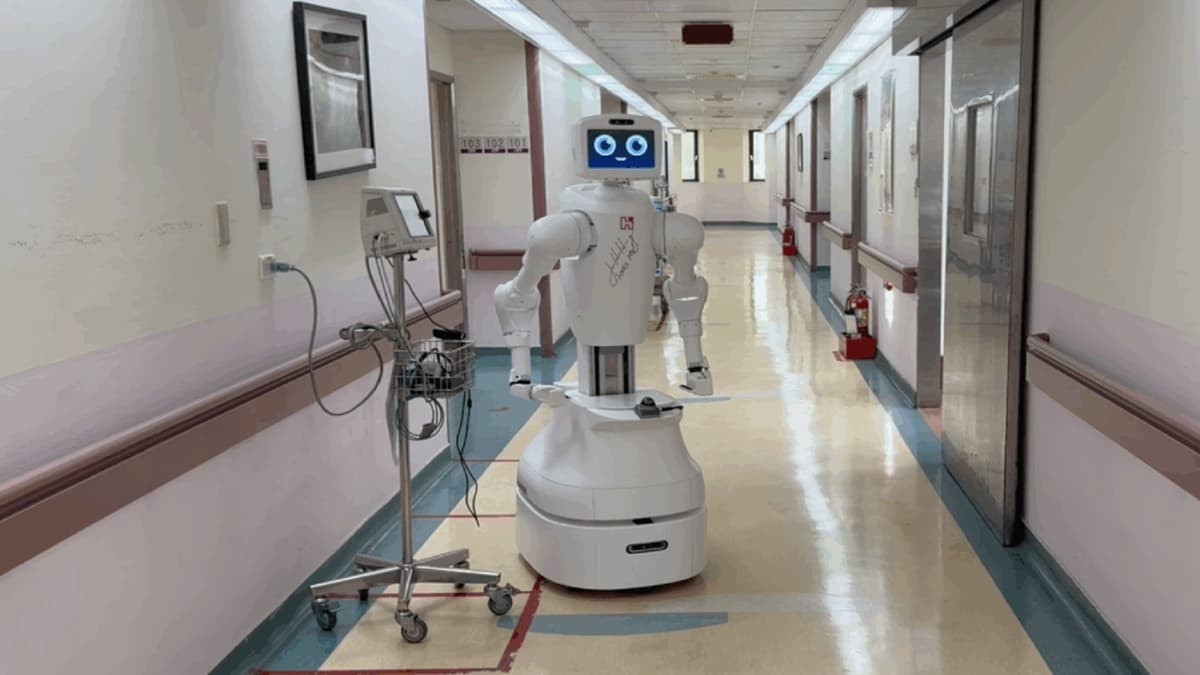Mini Brain-Inspired Tech Enables Humanoid Robots to See and Think in Real Time
Researchers at RMIT University in Australia have developed an advanced neuromorphic device that closely mimics the way the human brain processes information—representing a significant leap in autonomous technology.
This compact system can detect hand movements, process visual data in real time, and store memories—all without relying on an external computer. Its development marks a major step forward for intelligent robotics, including humanoid systems, autonomous vehicles, and future technologies designed for smooth interaction with humans.

Figure 1. Humanoid Robots.
“This proof-of-concept device replicates the human eye’s ability to capture light and the brain’s capacity to process that visual input. It can instantly sense environmental changes and form memories, without consuming massive amounts of data or energy,” said Professor Sumeet Walia, who led the project. Figure 1 shows Humanoid Robots.
Brain-Inspired Vision Processing
Neuromorphic computing—especially vision-based processing—is a growing field focused on creating smarter, more efficient sensory and computational systems [1]. One of the leading models in this space is the leaky integrate-and-fire (LIF) neuron model, which mimics how biological neurons accumulate electrical charge until a threshold is reached, triggering a response or “spike” before resetting.
While many light-sensitive materials have been explored for such applications, replicating the full range of LIF behavior, particularly the charge-storage and resetting capabilities necessary for visual tasks—remains a challenging frontier.
The RMIT team addressed this by combining neuromorphic materials with advanced signal processing techniques. Central to their breakthrough is molybdenum disulfide (MoS₂)—a metal compound with atomic-scale imperfections that allow it to convert light into electrical signals in a manner similar to biological neurons.
Using chemical vapor deposition, the researchers created ultra-thin layers of MoS₂ that can emulate the way neurons charge and discharge, behaving just like LIF neurons. By adjusting gate voltage, the system can reset itself rapidly, allowing for quick, responsive behavior that mirrors real brain function.
Smarter, Energy-Efficient Visual Sensing
Leveraging MoS₂’s unique properties, the team built a spiking neural network (SNN) capable of handling visual tasks with notable efficiency. Their model reached 75% accuracy in static image recognition after only 15 training cycles and 80% accuracy in dynamic visual tasks after 60 cycles—demonstrating strong promise for real-time visual processing.
Instead of relying on traditional frame-by-frame image capture, the device uses edge detection to identify hand movements—dramatically reducing data volume and energy consumption. These motion patterns are then stored as memories, closely mimicking how the human brain responds to environmental change.
“We’ve shown that atomically thin molybdenum disulfide can faithfully replicate LIF neuron behavior, which is a foundational element for building spiking neural networks,” said Thiha Aung, PhD candidate and lead author of the study.
While earlier RMIT studies focused on ultraviolet (UV) light, this new work operates in the visible light spectrum, advancing prior achievements in still image detection and memory formation. Both UV and visible light-based devices have the ability to reset stored data, preparing them for new tasks.
A Step Toward Human-Like Machines
This innovation holds considerable potential for improving how autonomous systems—such as self-driving vehicles and humanoid robots—respond to rapidly changing or hazardous environments. By instantly detecting changes and forming relevant memories with minimal computational resources, the technology enables faster, more efficient, and human-like responses.
It could also play a crucial role in enhancing human-robot interaction in fields such as manufacturing, healthcare, and assistive technologies.
Reference
- https://interestingengineering.com/innovation/device-mimics-brain-to-enhance-humanoid-robotics
Cite this article:
Keerthana S (2025), Mini Brain-Inspired Tech Enables Humanoid Robots to See and Think in Real Time, AnaTechMaz, pp.190


